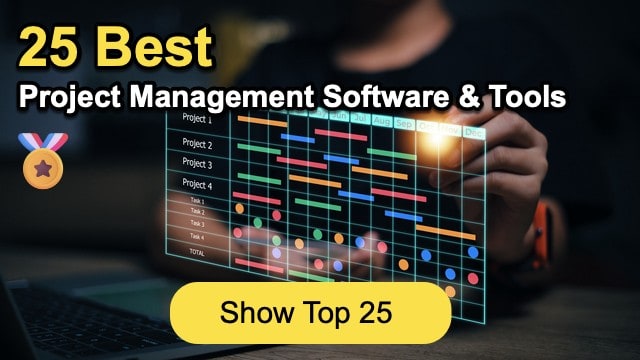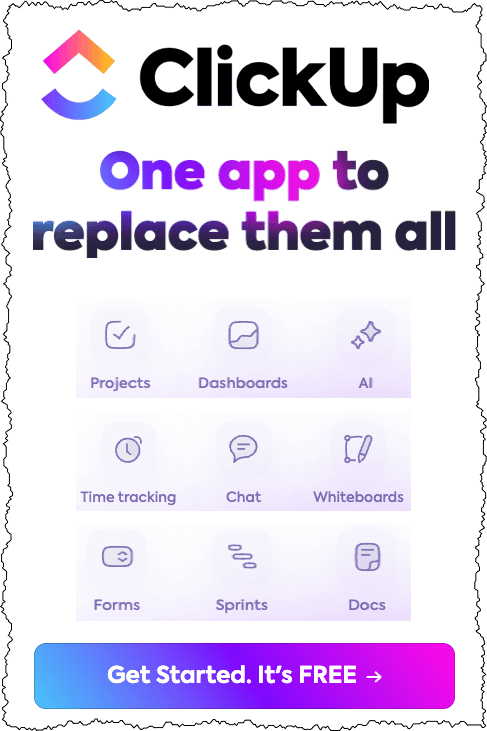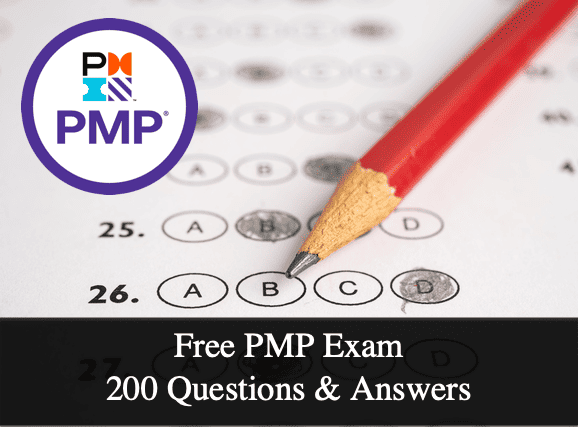Alternative Dispute Resolution Methods in Employment Law
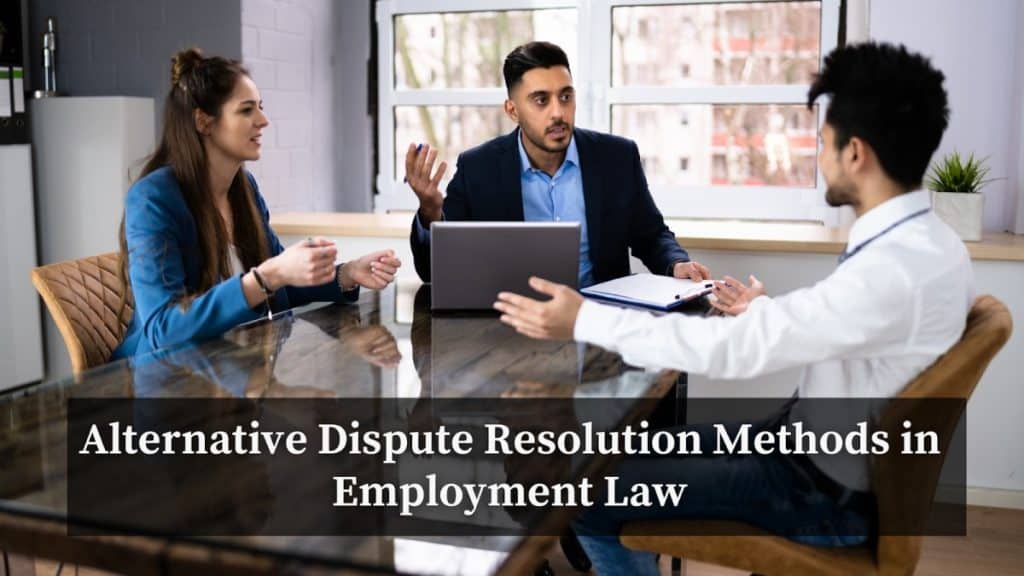
Are you an employee embroiled in a workplace conflict? Disputes with employers can be stressful and demoralizing if not appropriately handled. This article explores Alternative Dispute Resolution (ADR) methods that prioritize your interests as an employee.
Gain awareness of cost-effective options like mediation and arbitration that promote open dialogue and fair resolutions outside the courtroom. Read on to learn how ADR techniques can help you navigate employment disputes while preserving your rights and professional relationships.
Understanding Alternative Dispute Resolution (ADR)
Alternative Dispute Resolution (ADR) refers to various methods to resolve conflicts and disputes outside the traditional courtroom setting. In the context of employment law, ADR techniques offer a more efficient and cost-effective approach to resolving workplace conflicts.
The importance of ADR lies in its ability to foster open communication, preserve relationships, and provide a confidential and less adversarial environment for dispute resolution. By avoiding the formalities and potential hostilities of litigation, ADR methods can help maintain a harmonious work environment while addressing grievances effectively.
Federal laws like the Federal Arbitration Act and the Employee Retirement Income Security Act govern ADR in employment matters. However, each state also has its specific laws and regulations surrounding ADR.
For example, in California, the Code of Civil Procedure sections 1280 through 1294.2 provide the framework for ADR processes, including mediation and arbitration, in employment disputes.
If an employee is having an issue in their workplace in Los Angeles or nearby areas of California and wants to settle it quickly, it is better to discuss it with their respective employment attorney Los Angeles. An experienced attorney will have the expertise to negotiate properly and lead them through the appropriate ADR process while protecting their rights as an employee.
ADR encompasses several techniques, including:
- Arbitration
- Mediation
- Conciliation
- Early Neutral Evaluation
Each method has unique strengths and applications, which will be explored in detail in the following sections.
Unpacking the ADR Toolbox
Employment Arbitration
One of the most widely used ADR methods, arbitration, involves submitting a dispute to a neutral third party – the arbitrator. The arbitrator conducts hearings, reviews evidence, and renders a binding decision, often avoiding the formalities of a courtroom trial.
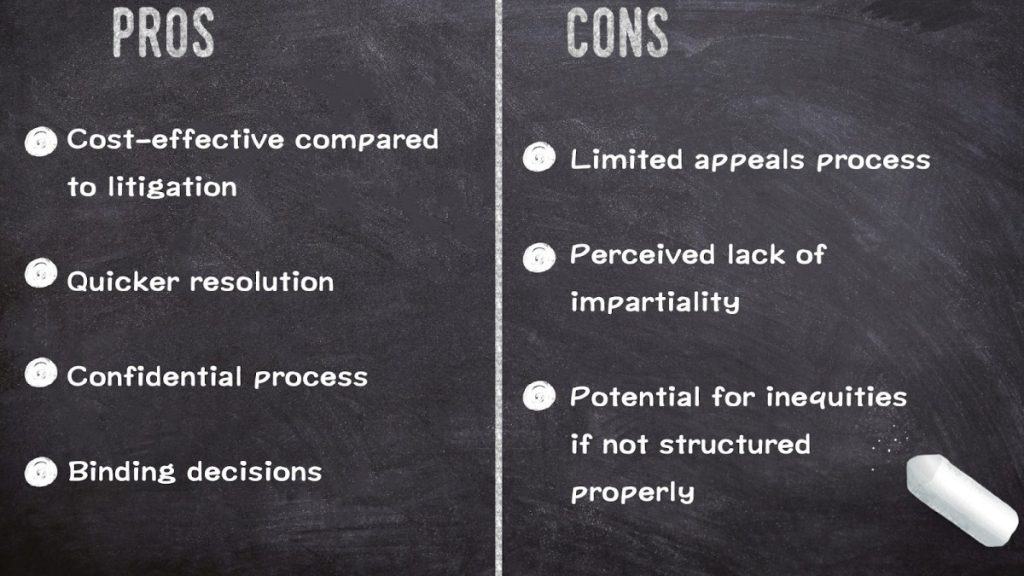
Workplace Mediation
In mediation, a neutral third party (the mediator) facilitates negotiations between the conflicting parties. The mediator does not impose a decision but guides the parties toward a mutually agreeable solution.
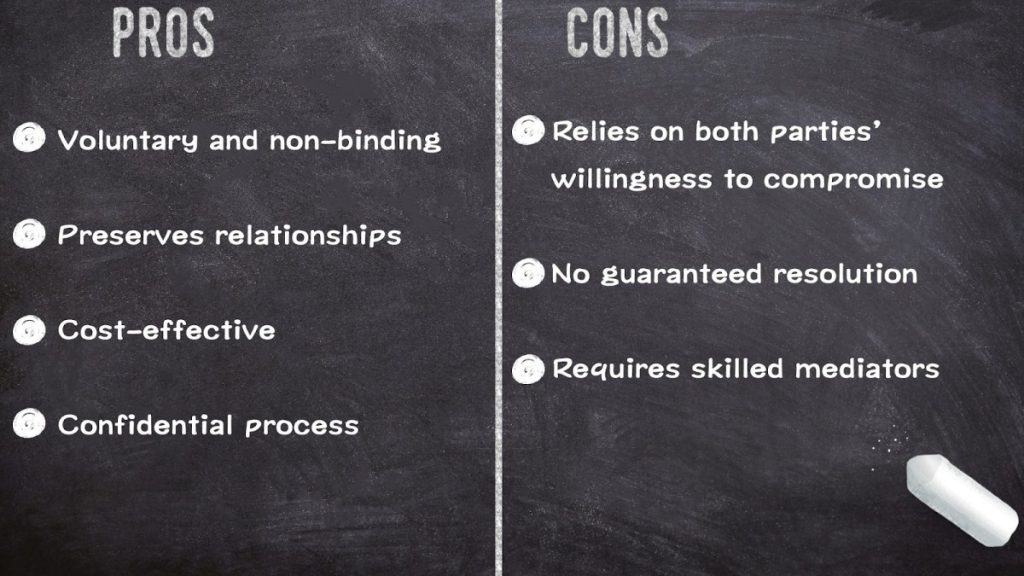
Employment Conciliation
Conciliation is similar to mediation but involves a more active role for the neutral third party. The conciliator engages both parties, identifies issues, and proposes potential solutions to help them reach an agreement.
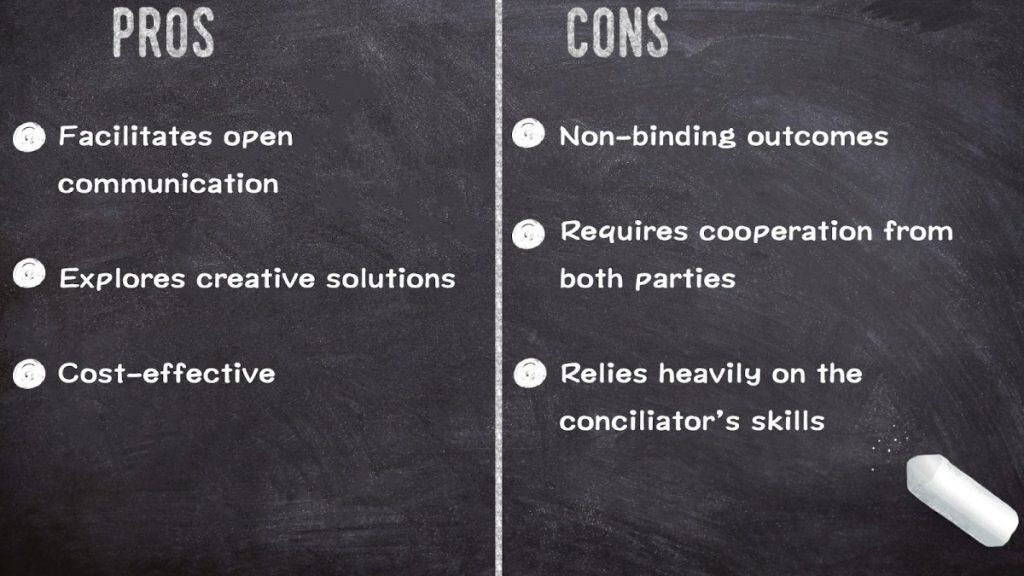
Early Neutral Evaluation
In early neutral evaluation, an experienced evaluator assesses the strengths and weaknesses of each party’s case at an early stage. This evaluation can help guide settlement negotiations or litigation strategies.
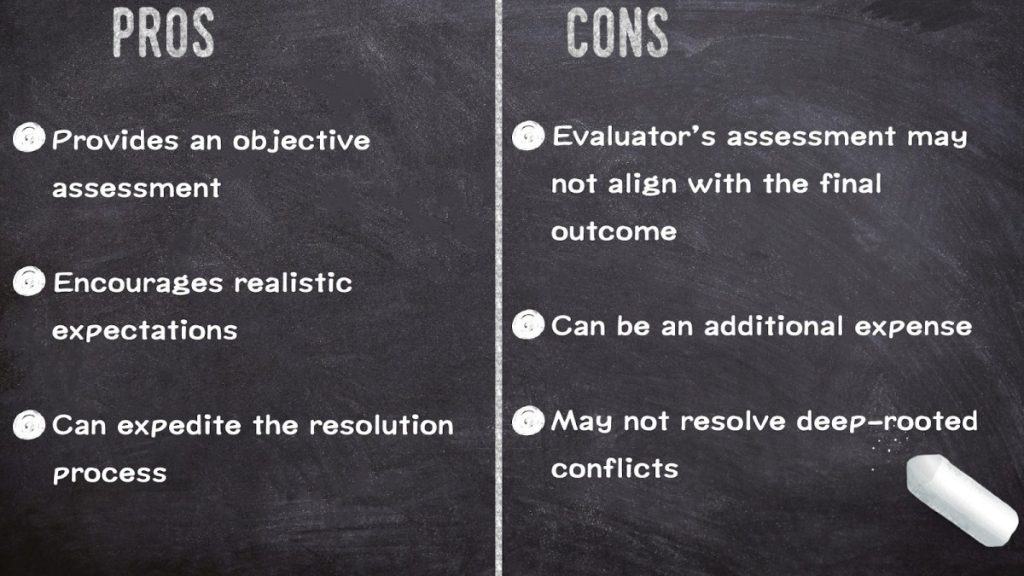
Comparing ADR to Traditional Litigation
While litigation remains an option for employment disputes, ADR methods offer several advantages:
- Cost Implications: Employment litigation can easily exceed $100,000, but ADR methods like arbitration or mediation typically range from $5,000 to $20,000 per case.
- Time Efficiency: ADR processes are often resolved within 6-12 months, compared to litigation that can drag on for years.
- Confidentiality: ADR methods like arbitration provide confidentiality, protecting company reputations from negative publicity.
- Outcome Control: Arbitration outcomes can be more predictable, as arbitrators are experts in the field and can make informed decisions based on the specific case details.
| Factor | ADR Methods | Traditional Litigation |
| Cost | Lower (average $5k-$20k) | Higher (can exceed $100k) |
| Time | Faster (6-12 months) | Slower (years) |
| Confidentiality | Higher | Lower (public records) |
| Predictability | Higher (expert arbitrators) | Lower (jury decisions) |
While ADR has its merits, traditional litigation may be necessary in certain cases, especially when establishing legal precedents or addressing systemic issues.
The Legal Landscape of ADR
Various federal and state laws shape the adoption and implementation of ADR methods in employment law:
- The Federal Arbitration Act (FAA) establishes the validity and enforceability of arbitration agreements in employment contracts.
- The Employee Retirement Income Security Act (ERISA) permits the use of arbitration to resolve disputes related to employee benefit plans.
- Some states have specific laws supporting or restricting mandatory arbitration clauses in employment contracts.
Case studies and legal precedents have further defined the boundaries and practices of ADR in employment law, making it crucial for organizations to stay updated on the evolving legal landscape.
Implementing ADR in the Workplace
Successful ADR implementation requires a strategic approach:
- Develop Clear Policies: Establish well-defined policies and procedures for ADR processes, including guidelines for selecting neutrals, confidentiality provisions, and the scope of disputes eligible for ADR.
- Provide Training: Educate employees and managers on ADR methods, their benefits, and how to participate in these processes effectively.
- Integrate ADR into Dispute Resolution Strategies: Incorporate ADR as a key component of your organization’s overall conflict management strategy, ensuring it aligns with your values and culture.
- Monitor and Evaluate: Regularly assess the effectiveness of your ADR programs, gather feedback from participants, and make improvements as needed.
The Pivotal Role of HR in ADR
Human Resources professionals play a crucial role in advocating for and administering ADR processes within organizations:
- Policy Development: HR teams collaborate with legal advisors to develop and implement ADR policies tailored to the organization’s needs.
- Neutral Selection: HR ensures the selection of qualified, impartial neutrals (mediators, arbitrators, or conciliators) for ADR processes.
- Training and Support: HR provides training and support to employees and managers on ADR procedures, ensuring they understand their roles and responsibilities.
- Case Management: HR professionals may oversee the administration of ADR cases, ensuring proper documentation and adherence to established protocols.
Fostering ADR competencies within the HR team can help organizations effectively manage conflicts and create a more harmonious workplace environment.
Addressing the Challenges of ADR
While ADR offers many benefits, it is essential to acknowledge and address potential challenges:
- Perceived Biases: Concerns may arise regarding the impartiality of neutrals, particularly in cases where one party has more resources or power than the other.
- Enforceability Limitations: While arbitration decisions are generally binding, they can be challenged or overturned in certain instances, limiting their enforceability.
- Resistance to Change: Some organizations may resist adopting ADR methods, as they represent a shift from traditional legal approaches.
Addressing these challenges requires ongoing education, transparency in ADR processes, and a commitment to fairness and equity for all parties involved.
Future Trends and Evolving ADR Practices
The landscape of ADR in employment law continues to evolve, driven by technological advancements, legal reforms, and changing workplace dynamics:
- Virtual ADR: The COVID-19 pandemic has accelerated the adoption of virtual mediation and arbitration, increasing accessibility and reducing travel costs.
- Legislative Changes: Proposed federal and state laws may further shape the use of ADR methods, particularly in addressing concerns around mandatory arbitration clauses.
- Increased Adoption: As organizations seek cost-effective and efficient conflict resolution methods, ADR is expected to gain broader acceptance, especially in sectors prone to employment disputes.
Staying informed about these trends and adapting ADR practices will be crucial for organizations to maintain a competitive edge and foster a positive work environment.
FAQs
1. Why is ADR preferred over court trials in employment disputes?
ADR methods like arbitration and mediation offer several advantages over traditional litigation, including lower costs, faster resolution times, and greater confidentiality. These factors can help organizations save time and money and protect their reputations, making ADR an attractive option for resolving workplace conflicts.
2. Can an employee be forced to participate in an ADR process?
Employment contracts may often include mandatory arbitration clauses, requiring employees to resolve disputes through arbitration rather than litigation. However, the enforceability of such clauses can vary based on state laws and specific case details. Organizations should ensure their ADR policies comply with applicable legal frameworks.
3. How binding are the decisions made through ADR processes like arbitration?
Arbitration decisions are generally binding and enforceable, similar to court judgments. However, there are limited circumstances where an arbitration decision can be appealed or challenged, such as cases involving fraud, bias, or a violation of public policy. Understanding the specific legal provisions governing the enforceability of arbitration decisions in your jurisdiction is essential.
Conclusion
Work conflicts require swift and fair resolutions for employees. Alternative Dispute Resolution (ADR) methods, such as arbitration and mediation, offer affordable solutions. They prioritize privacy and timely outcomes, serving the best interests of workers. Implementing ADR with clear guidelines and HR assistance promotes better workplaces amidst evolving legal landscapes and workplace dynamics.


